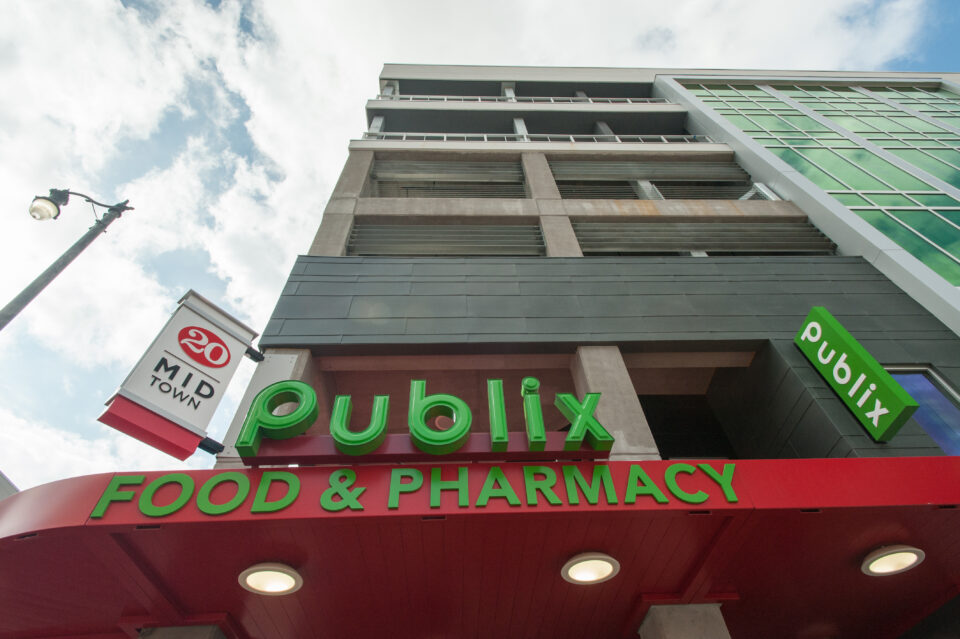These construction services are offered to our customers for their projects that are remodeled, repositioned in the market, altered from one use to another or restored to a former use. Depending on customer goals, the building may retain a portion of the existing architectural elements. At times, these methods are more efficient and can possibly expedite the entitlement process to redevelop existing buildings that lie near the urban core or secure historic tax credits for buildings where this may apply. At the end of the day, value add, adaptive reuse and historic restoration are all about “smart growth.”
Explore our Adaptive Reuse & Historic Renovation
Projects by Category
The Hardwick
1 of 4
Often, revitalizing the best locations requires more ingenuity and elbow grease. This was the case for our Hardwick project, a former steel processing plant originally constructed in 1910. The site, located in an emerging area of downtown adjacent to Birmingham’s popular Rotary Trail, had been empty for several years. Our team shored up the foundations to allow for second and third floors, while working through pre-existing conditions with multiple items arising during construction. We abated asbestos and lead while carefully preserving the building’s industrial character. Existing steel, timber brickwork and even a crane lift remain exposed, and we added skylights to improve tenant health. The result is a mixed-use hub with restaurant and retail space downstairs and Class-A office space above.








